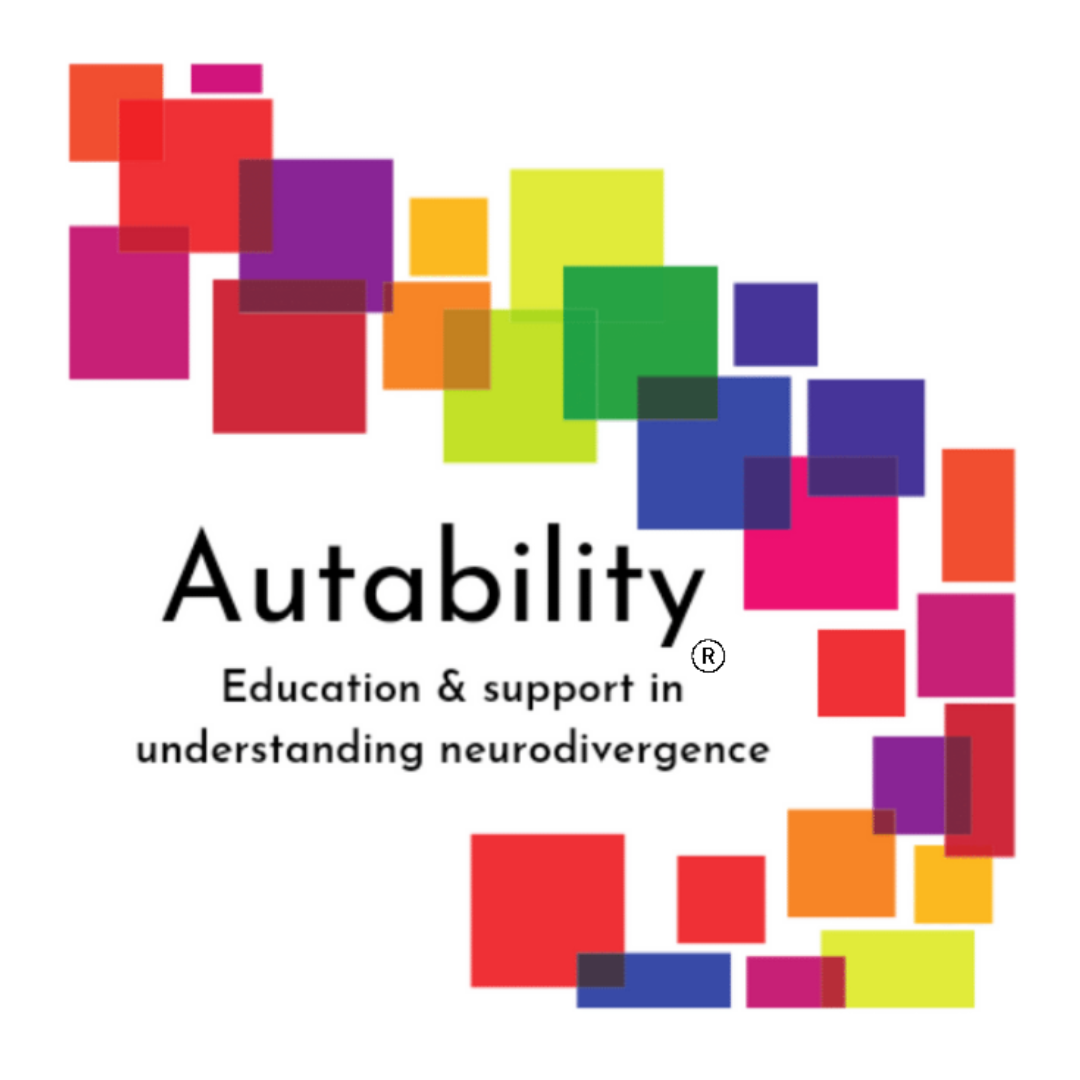What does auditory processing disorder look like in a classroom?
- Autability

- Aug 22
- 2 min read
Sometimes, what looks like inattention or even “bad behaviour” in class is something else entirely. Many autistic and ADHD children experience auditory processing differences, but these often go unnoticed because they don’t look the way people expect.
Unlike hearing loss, auditory processing challenges happen not in the ears, but in the brain. The ears pick up the sound just fine, but the brain struggles to make sense of it.
In school, this might show up in all sorts of ways. A child might:
• Constantly ask for things to be repeated — even when it’s quiet.
• Seem to “switch off” in group discussions, but shine in one-on-one conversations.
• Find it hard to follow spoken instructions but do well with written or visual ones.
• Appear easily distracted or withdrawn in noisy environments.
• Struggle more than expected with phonics or reading comprehension, even though they might be brilliant with visual tasks.
The trick is to look for patterns. You might notice a child who manages well first thing in the morning but becomes more tired, irritable or distant as the day goes on. That’s because decoding sound takes a huge amount of energy, and their brains are working overtime just to process what's being said.
Environmental factors matter too. Some children might be overwhelmed by background noise that adults barely notice, like the hum of fluorescent lights or a ticking clock. Others may find silence unsettling. I still remember a teacher once writing in my son’s contact book that they didn’t understand why he kept covering his ears, “the room wasn’t loud.” But for him, it was loud. And that’s what mattered.
If you think a child might be struggling with auditory processing, start by making notes. What times of day are hardest? Are certain activities or environments more challenging? Do they respond better with visual prompts? This kind of information is incredibly helpful — not just for making everyday accommodations, but for informing referrals and assessments if needed.
With the right understanding and support, children with auditory processing differences can thrive in the classroom. But it all starts with recognising the signs that others might miss.

.png)



Comments